Expansion of Aquaculture
The expansion of aquaculture in the US is emerging as a significant driver for the lysine market. As the demand for seafood continues to rise, aquaculture is becoming a vital source of fish production. Lysine is essential in fish feed formulations, promoting growth and improving feed conversion ratios. The aquaculture sector is projected to grow at a CAGR of 5% from 2025 to 2030, leading to an increased requirement for high-quality feed ingredients, including lysine. This growth in aquaculture not only supports the sustainability of fish stocks but also enhances the lysine market by creating new opportunities for lysine producers to cater to this expanding industry.
Increasing Livestock Production
The lysine market is experiencing growth due to the rising demand for livestock production in the US. As the population increases, the need for protein sources, particularly from meat, is escalating. This trend is driving farmers to enhance livestock feed with lysine, an essential amino acid that promotes growth and feed efficiency. In 2025, the US livestock sector is projected to expand, with an estimated increase in meat production by approximately 2.5 million metric tons. Consequently, the demand for lysine in animal feed formulations is expected to rise, thereby positively impacting the lysine market. The integration of lysine into feed not only improves animal health but also contributes to higher yields, making it a critical component in the livestock industry.
Innovations in Feed Formulation
Innovations in feed formulation are significantly impacting the lysine market. Advances in nutritional science and feed technology are enabling the development of more efficient and effective feed products. The incorporation of lysine into these formulations is becoming increasingly sophisticated, allowing for tailored nutrition that meets the specific needs of different livestock species. In 2025, the feed additives market is expected to reach $30 billion, with lysine being a key component. This trend indicates that as feed formulations become more advanced, the demand for lysine will likely increase, driving growth in the lysine market. The focus on optimizing feed efficiency and animal health is propelling the need for high-quality lysine in the industry.
Health Conscious Consumer Trends
The lysine market is influenced by the growing health consciousness among consumers in the US. As individuals become more aware of the nutritional value of their food, there is a notable shift towards protein-rich diets. Lysine, being a vital amino acid, is gaining attention for its role in muscle development and overall health. The demand for lysine-enriched food products is likely to increase, particularly in the health and wellness sector. In 2025, the market for protein supplements is anticipated to reach $20 billion, with lysine playing a crucial role in various formulations. This trend suggests that the lysine market will benefit from the increasing incorporation of lysine into dietary supplements and functional foods, catering to the health-oriented consumer base.
Regulatory Support for Animal Health
Regulatory support for animal health is playing a crucial role in shaping the lysine market. The US government is increasingly emphasizing the importance of animal nutrition and health standards, which includes the use of essential amino acids like lysine in feed. This regulatory framework is encouraging livestock producers to adopt better feeding practices, thereby enhancing animal welfare and productivity. In 2025, it is anticipated that new regulations will further promote the use of lysine in animal feed, potentially increasing its market share. This supportive environment not only fosters growth in the lysine market but also aligns with broader initiatives aimed at improving food safety and quality in the livestock sector.


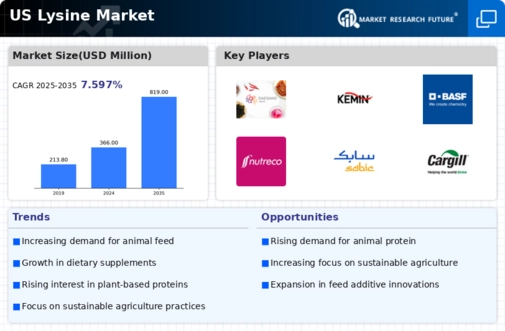
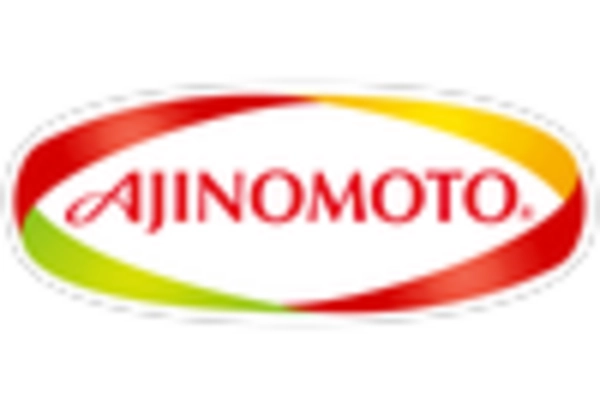
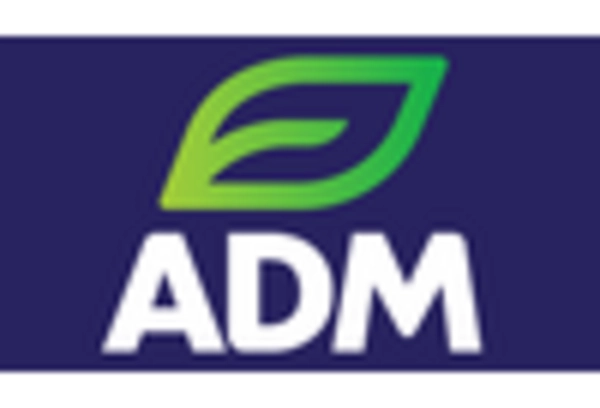
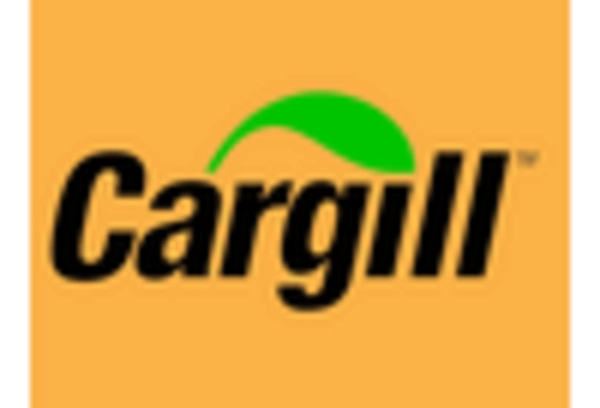
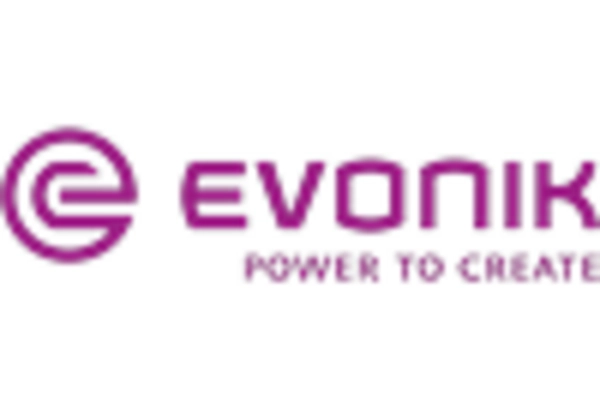
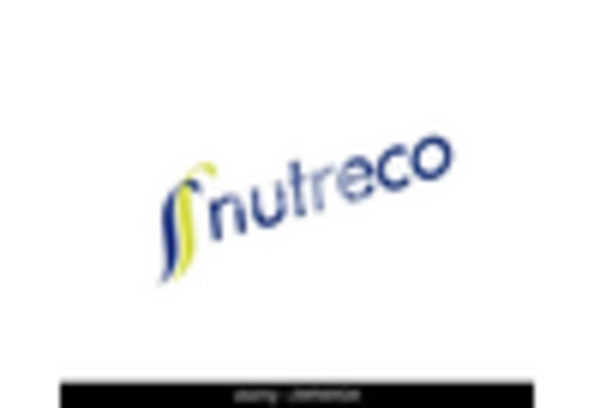
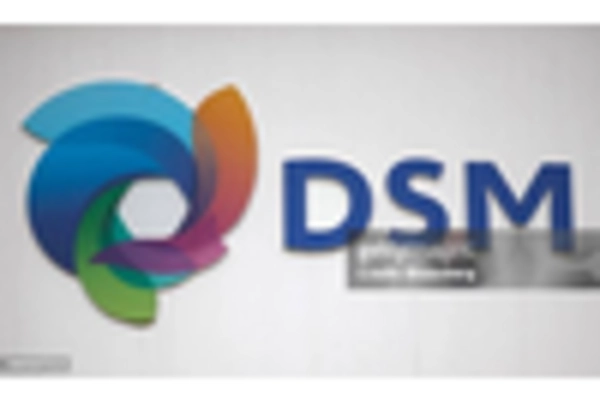








Leave a Comment